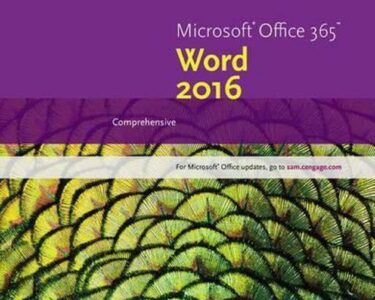
Effective Learning Strategies for Microsoft Word
Microsoft Word is a powerful word processing software that is widely used in both academic and professional settings. Mastering this software can greatly enhance your productivity and efficiency. Here are some effective learning strategies to help you get the most out of Microsoft Word:
1. Set Learning Goals:
- Identify specific skills or concepts you want to learn, such as formatting documents, creating tables, or inserting images.
- Break down large tasks into smaller, manageable chunks.
2. Utilize Online Resources:
- Microsoft’s official support website offers comprehensive tutorials, articles, and videos: https://support.microsoft.com/en-us/word
- Third-party websites and YouTube channels provide additional training resources, such as:
3. Hands-on Practice:
- The best way to learn Microsoft Word is through practical application.
- Create new documents, experiment with different formatting options, and insert various elements to familiarize yourself with the software.
4. Use Templates and Examples:
- Microsoft Word offers a wide range of templates for different types of documents, such as resumes, letters, and presentations.
- Studying examples of well-crafted documents can provide valuable insights into formatting, layout, and style.
5. Attend Training Workshops or Classes:
- Look for formal training opportunities offered by educational institutions, community centers, or online platforms.
- Structured classes provide guided instruction and allow for hands-on practice under the supervision of an instructor.
6. Join Online Forums and Communities:
- Connecting with other Microsoft Word users through online forums and discussion boards can provide valuable support and knowledge sharing.
- Ask questions, share tips, and troubleshoot issues with experienced users.
7. Explore Additional Features:
- Once you have mastered the basics, explore advanced features of Microsoft Word, such as macros, mail merge, and custom styles.
- These features can further enhance your productivity and save you time.
8. Seek Feedback and Critique:
- Share your documents with colleagues, classmates, or instructors for feedback.
- Constructive criticism can help you identify areas for improvement and refine your skills.
9. Stay Up-to-Date:
- Microsoft Word is constantly evolving with new features and updates.
- Regularly check for software updates and explore new functionality to stay abreast of the latest advancements.
10. Be Patient and Persistent:
- Learning Microsoft Word takes time and effort.
- Don’t get discouraged if you encounter challenges; practice consistently and seek help when necessary.


